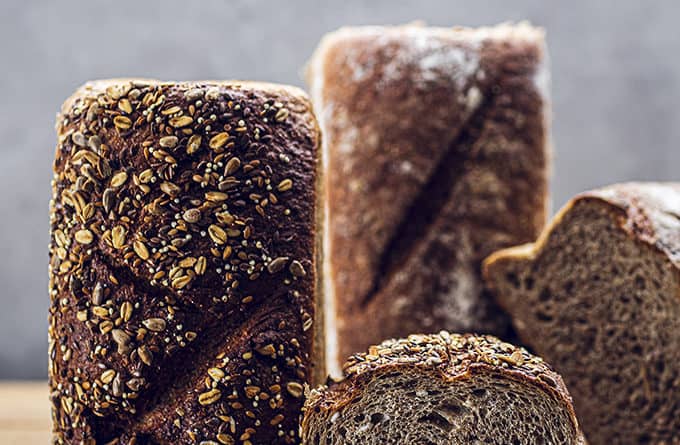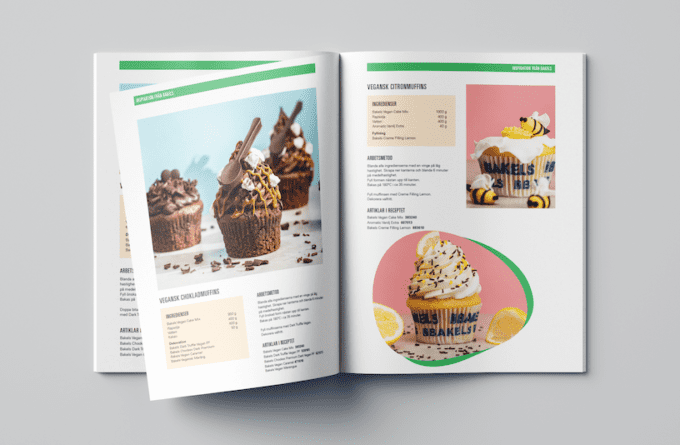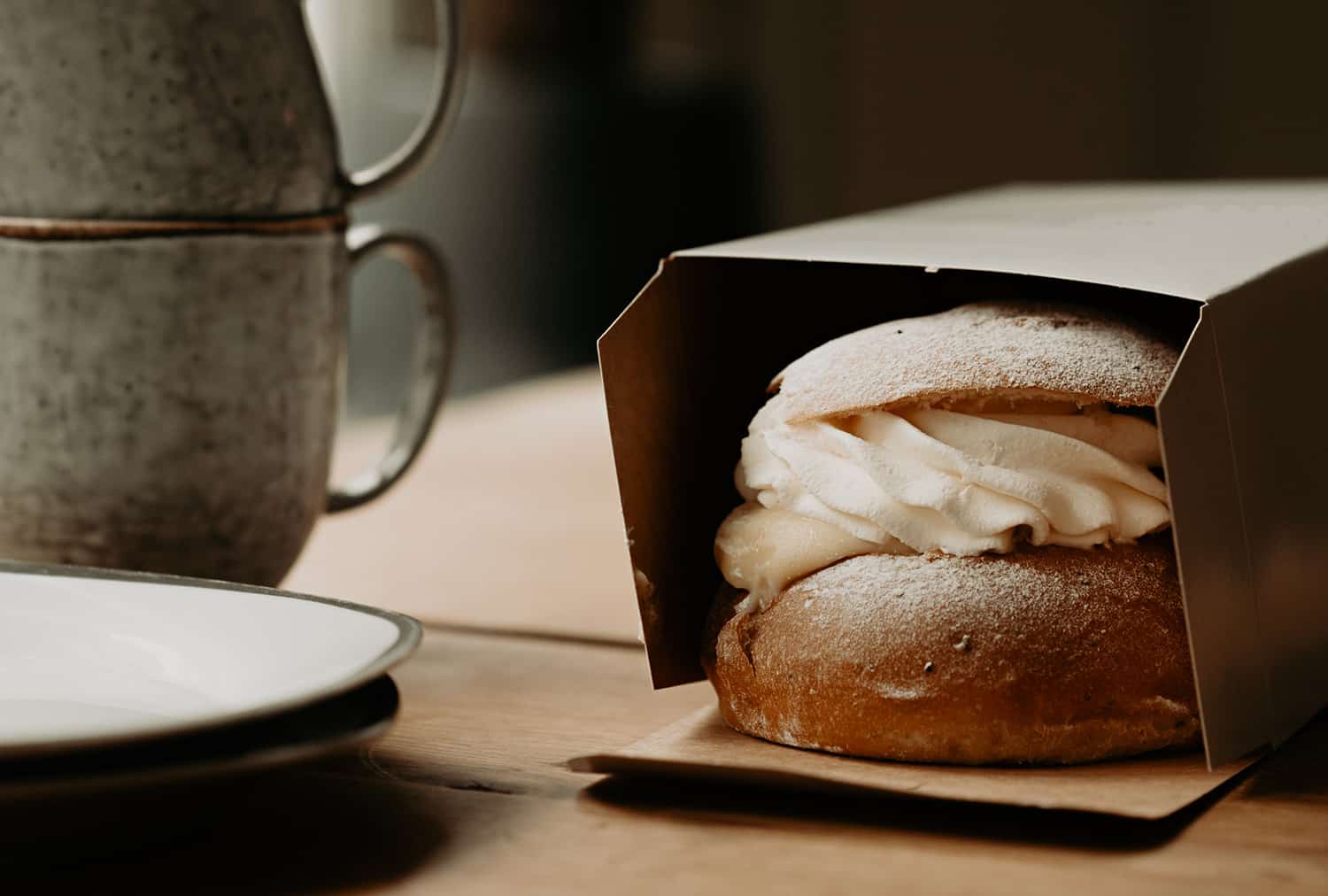
The Scandinavian concept of “hygge” has gained popularity in recent years as a way of embracing the cosy and comfortable aspects of life. In this article, we take you through the concept and share recipe ideas that offer a Scandinavian taste sensation and experience à la Hygge.
At its core, hygge is a celebration of the little joys that life offers, such as spending quality time with loved ones, savoring a warm cup of tea or coffee, eating something nice or immersing oneself in a good book by a crackling fire. It’s all about creating a warm and inviting atmosphere, embracing the cozy and comfortable aspects of life.
Unpacking the Hygge mindset
Rooted in Danish culture but now widespread in Nordic countries like Sweden and Norway, hygge also goes beyond a mere physical state.
Hygge is not just a fleeting feeling; it’s a mindset that encourages individuals to prioritise well-being, relaxation and mindfulness in their daily lives. In a world characterised by busyness and rapid pace, adopting the hygge mindset can serve as a restorative force, offering a sanctuary of tranquility amidst the chaos of modern life.
Capture the simplicity of happiness
One of the most alluring aspects of hygge is its emphasis on simplicity. It is a reminder that true happiness does not lie in the accumulation of possessions or the constant pursuit of success but in the appreciation of small, everyday moments.
Hygge invites individuals to create environments that foster warmth, comfort and a sense of connection.
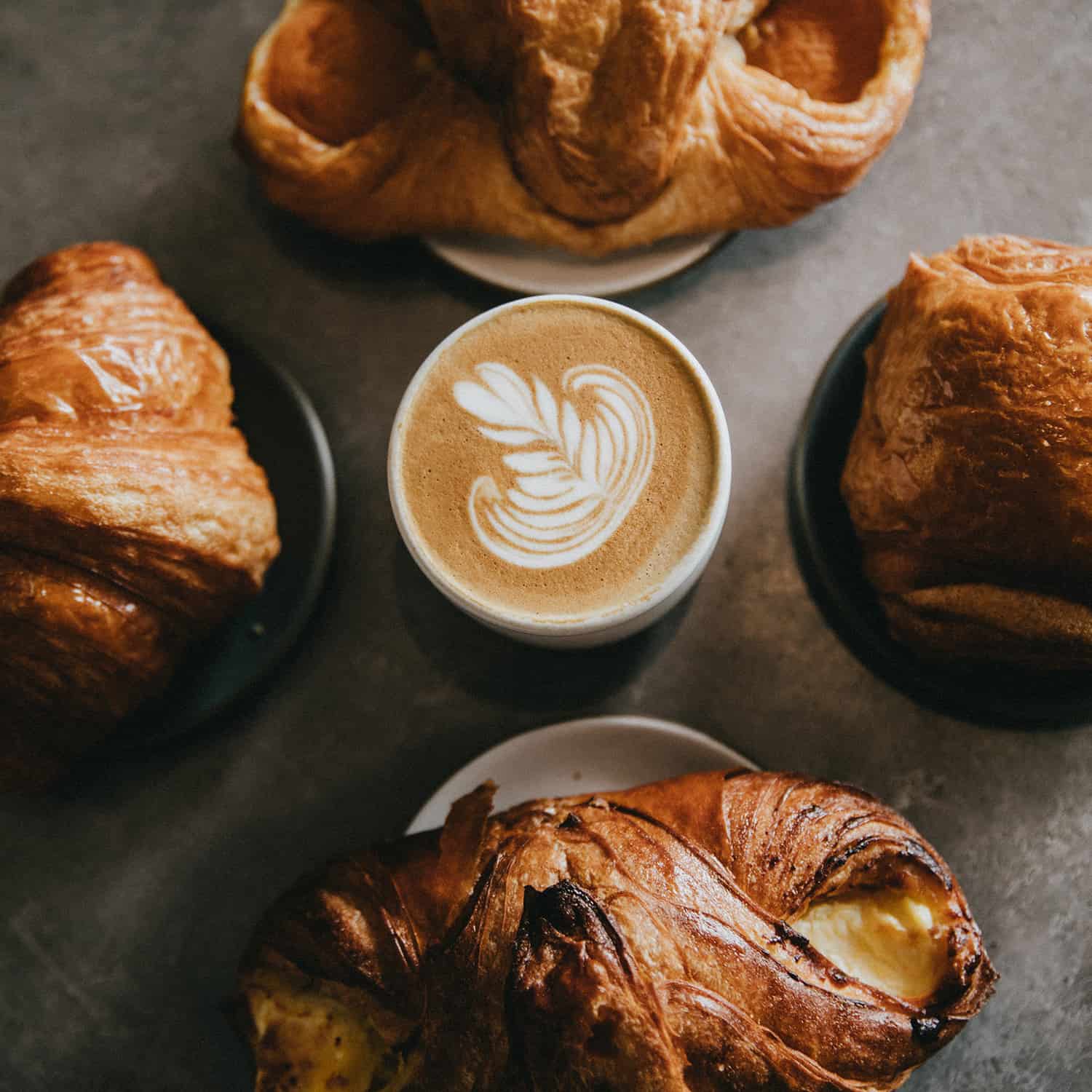
Health benefits of Hygge
Beyond its cozy aesthetics, hygge has been associated with various health benefits. Studies have demonstrated that cultivating a hygge mindset can lead to lower levels of stress and anxiety, improved sleep quality and even reduced rates of depression. By encouraging individuals to slow down and appreciate the present, hygge becomes a powerful tool for enhancing mental and emotional well-being.
Expanding across continents
While hygge has its roots in Scandinavian culture, its universal principles have resonated with people worldwide. Whether you reside in Scandinavia or on a different continent, the idea of embracing the hygge mindset transcends cultural boundaries, offering a universally accessible approach to finding joy and contentment in the present moment.
Curious about Scandinavian baking?
In this recipe folder you will find recipes for Swedish semla to biskvi and Danish with vanilla filling. Enjoy!
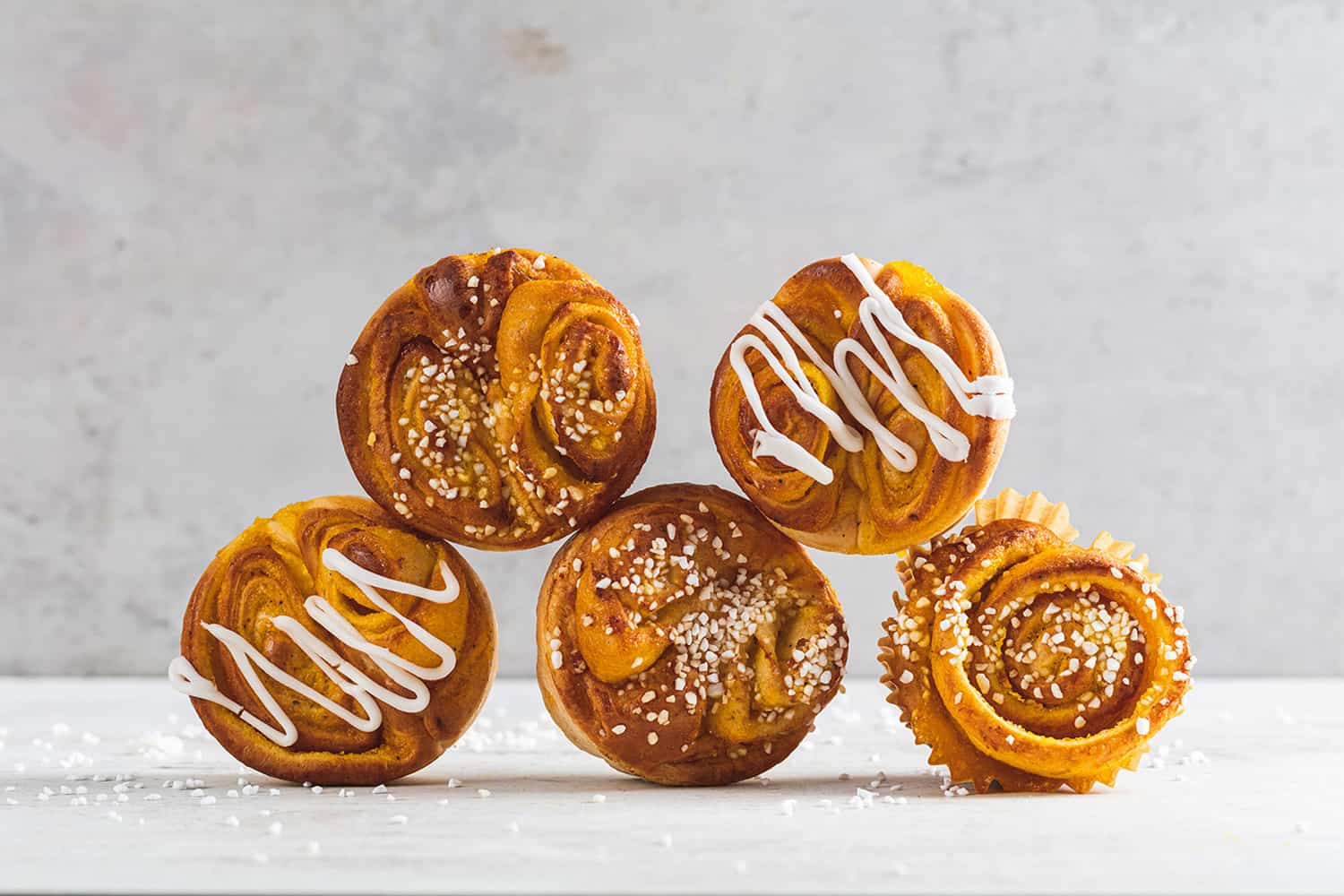
The beloved Swedish Cinnamon bun
Everyone loves cinnamon buns in Sweden! It’s a fact! This classic bun can be found in many different shapes and tastes. Cinnamon is the most common flavour but you can also find buns with the tastes of pistachio, vanilla, lemon, chocolate, pear and orange. The smooth and creamy filling inside is called Remonce and Bakels offers a lot of various flavours to choose from.
Features products:
BAKELS SOFT DOUGH CONCENTRATE
A concentrate for sweet doughs. Gives volume and softness.
BAKELS CINNAMON REMONCE
A palm oil free cinnamon remonce.
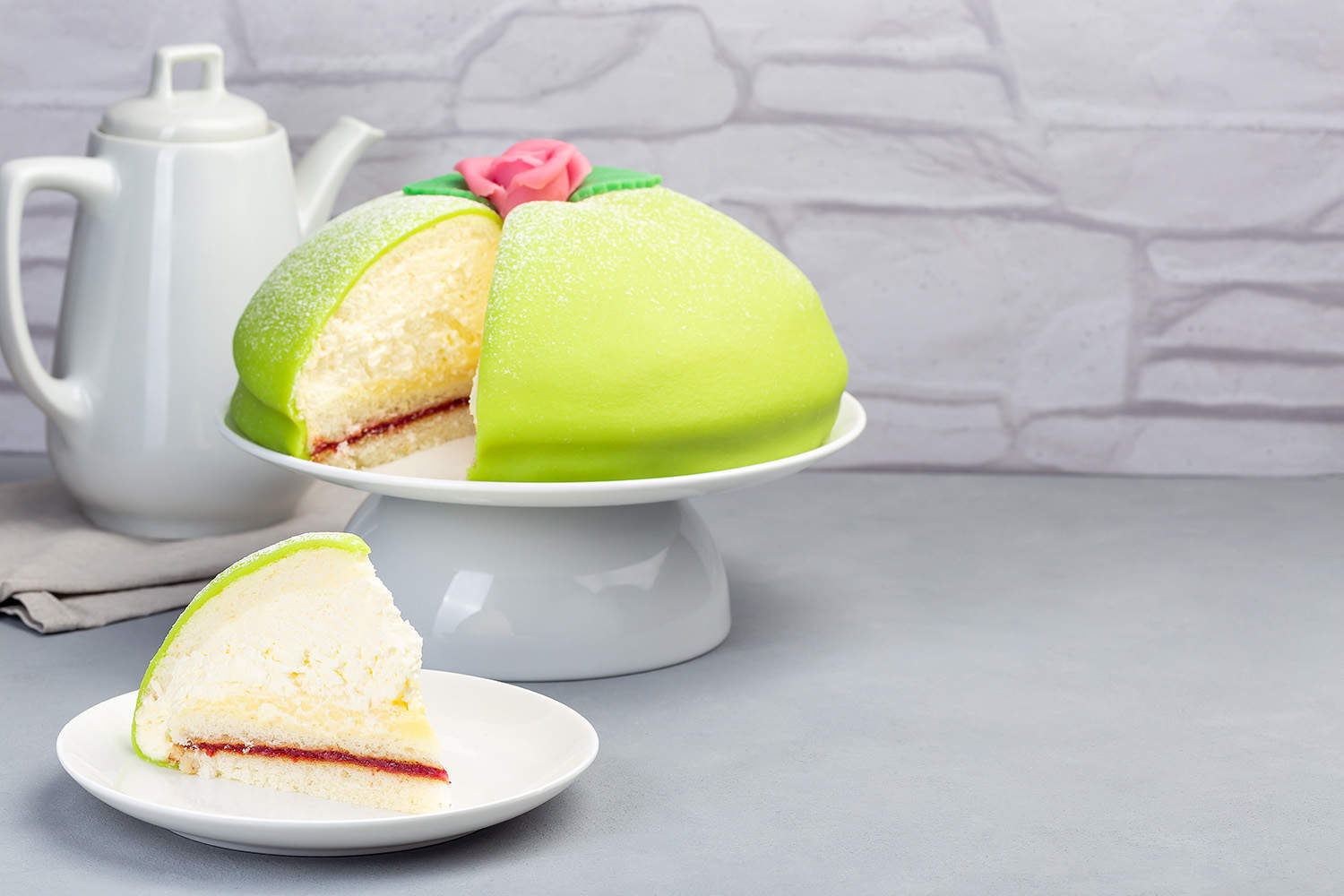
Swedish Princess Cake
Princess cake is a traditional Swedish cake from the 40s. It was created by Jenny Åkerström who was a teacher at a household school for wealthy young girls which had both Swedish and Danish princesses as pupils.The princesses were particularly fond of this marzipan covered cake, which was initially called Green Cake, but was later named Princess Cake.
Features products:
AROMATIC JILK
A versatile Cake Gel for volume, stability and flexible baking.
BAKELS LES FRUITS RASPBERRY
Raspberry filling with 70% fruit.
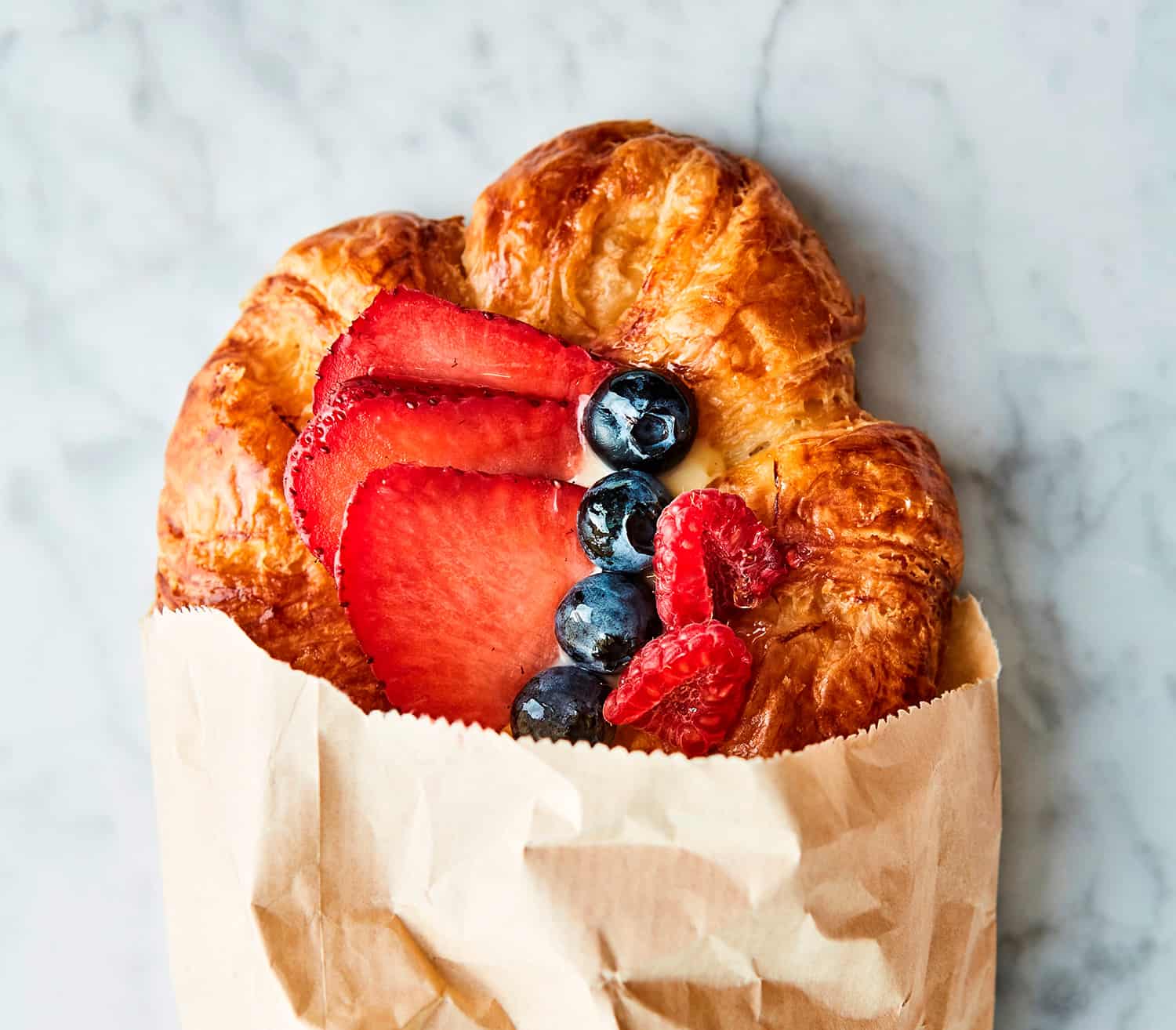
Danish – Successful mistake
In Denmark and in Sweden, these crispy and slightly sticky delicacies are called ”Wienerbröd”. The name comes from the fact that the pastries began to be manufactured in Denmark in 1840 by bakers from the Austrian capital Vienna.
According to one legend, a baker’s apprentice forgot to knead the butter into the dough when he was making buns. He tried to solve the problem by rolling it in several layers. After weighing and rolling until there were 27 layers, he was satisfied and a whole new kind of bun was born, one that was much crispier than the buns previously known.
Today many bakers prefer margarine when making Danish. The reason is that the butter is heavier and that the Danish becomes airier with margarine.
Featured product:
BAKELS KARITÉ GOLD
Vegetable margarine for danish and puff pastries.
BAKELS CUSTARD K
Instant complete cold process vanilla custard mix.
BAKELS SUPERGLAZE NEUTRAL
Ready-made spray gel glaze with a neutral taste.
BAKELS LES FRUITS APPLE
Apple filling with 70% fruit.
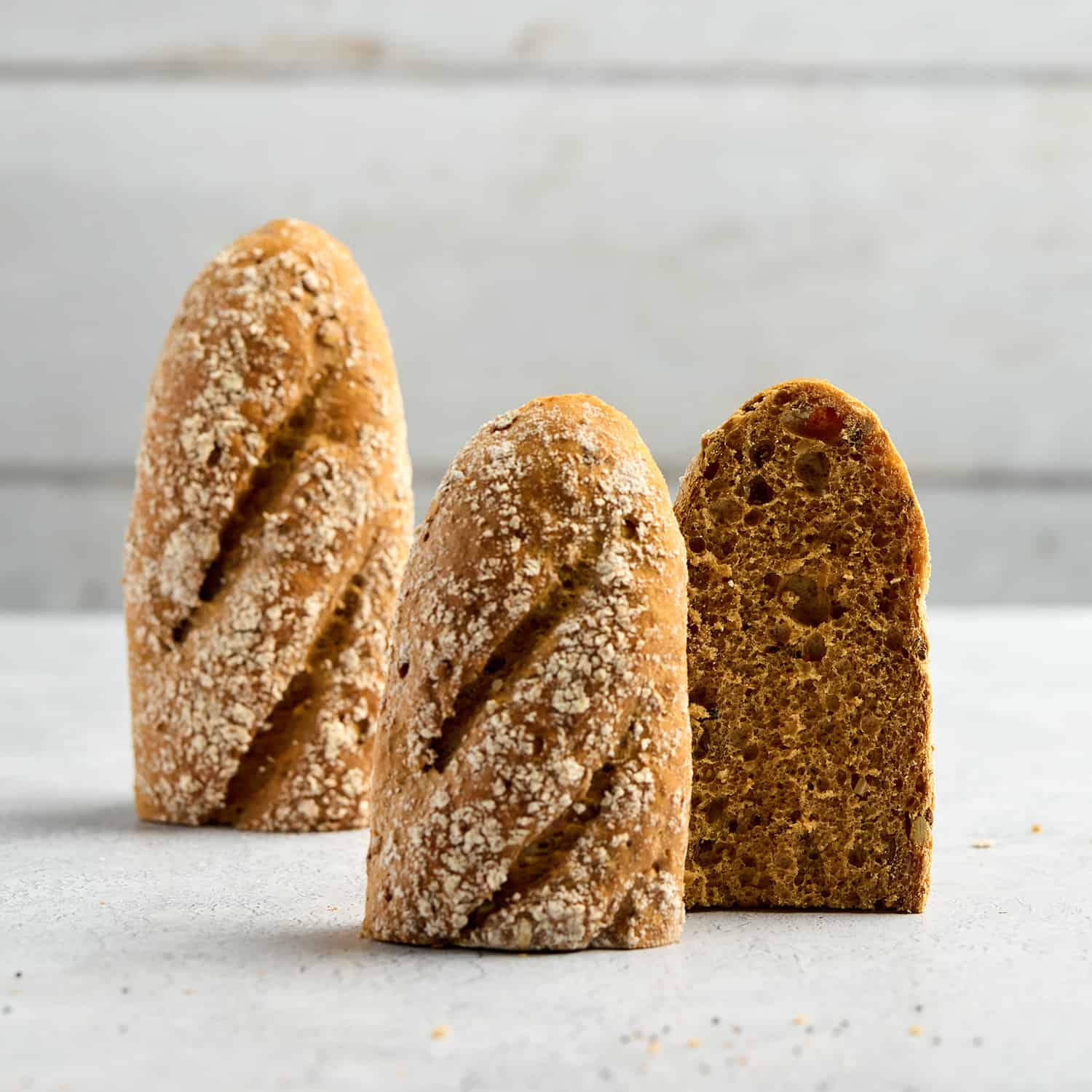
Seed bread healthy style
Scandinavians enjoy a diet rich in healthy bread, which plays an important role in maintaining overall health and well-being. Bread packed with fiber, vitamins, and minerals.
Featured products:
BAKELS MULTISEED
A versatile mix for all types of healthy bread.
BAKELS MULTISEED PREBIOTIC
Multiseed boosted with extra health benefits.
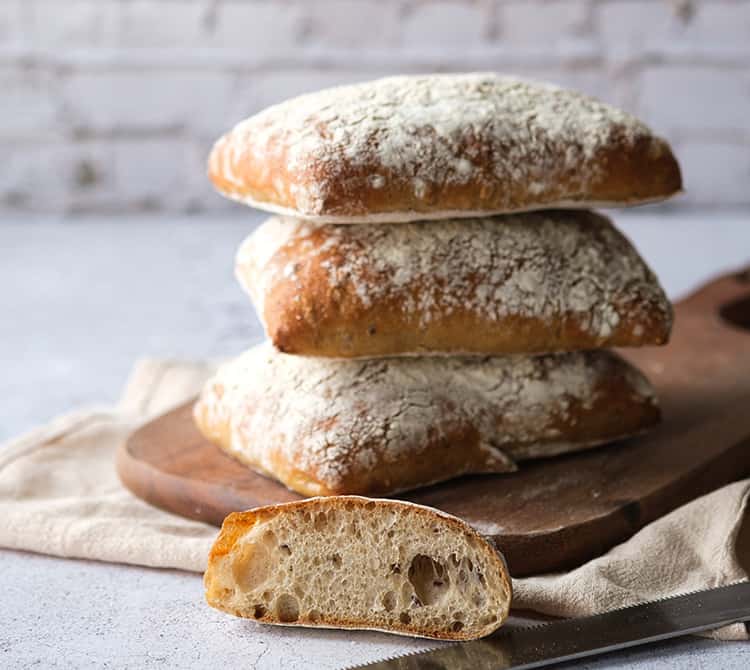
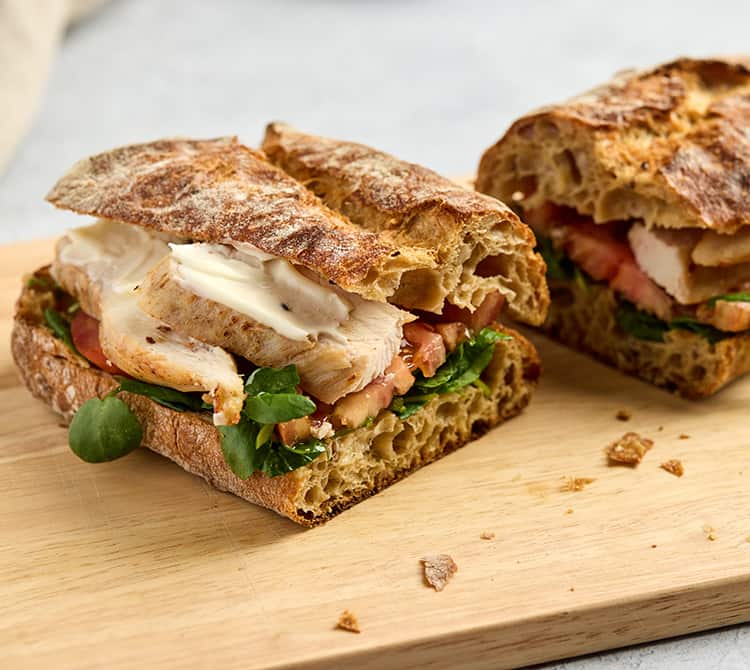
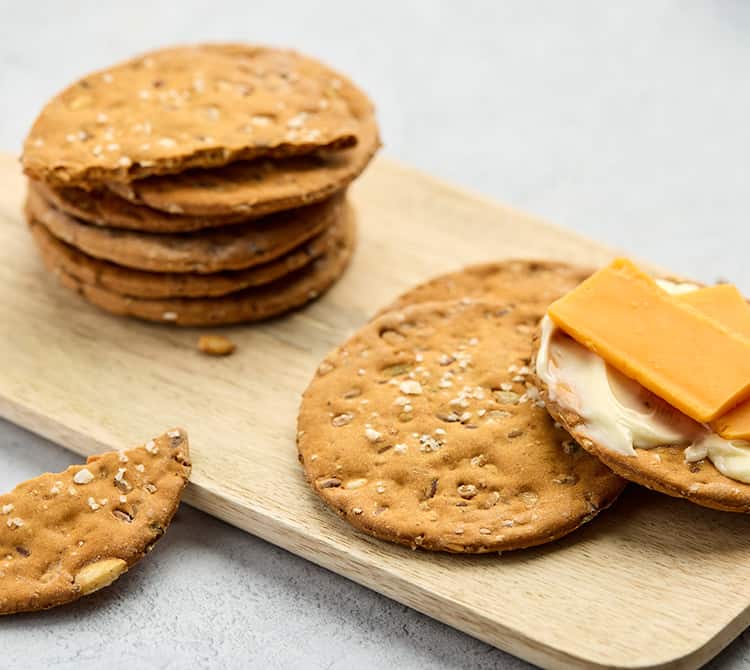
Scandinavian bread with full-bodied taste and character
Rye bread has a long-standing history of popularity in Scandinavia. In fact, rye is a staple crop in many parts of the region, and it has been a vital part of Scandinavian cuisine for centuries.
Rye bread is not just popular in Scandinavia because of its taste and cultural significance. It is also a highly nutritious food, rich in fiber, vitamins, and minerals.
Featured product:
BAKELS DANISH RYE BASE
A flexible base for Danish rye bread. Only add seeds of choice.
Looking for inspiration?
Find loads of Scandinavian bread concepts in the Recipe section.
We are constantly updating with new recipes!


